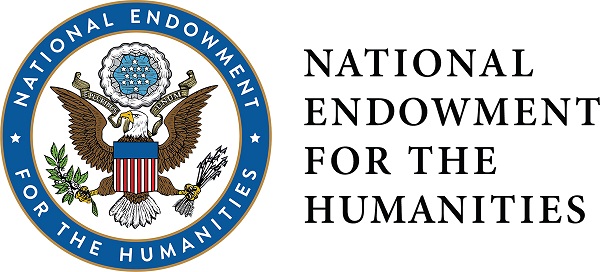
US Government Documents related to Indigenous Nations
Sponsor
Matthew W. Stirling
Committee
Bureau of American Ethnology
Congress
83d Congress, 2d Session
Files
Download Full Text (96.9 MB)
Description
Published as a series sponsored by the Smithsonian Institution Bureau of American Ethnology, the “River Basin Surveys Papers” are a collection of archeological investigations focused on areas now flooded by the completion of various dam projects in the United States. The River Basin Surveys Papers (numbered 1-39) were mostly published in bundles with 5-6 papers in each bundle. In collaboration with the United States (US) National Park Service and the US Bureau of Reclamation, the US Department of the Interior, and the US Army Corps of Engineers, the Smithsonian Institution pulled archeological and paleontological remains from several sites prior to losing access to the sites due to flooding. The Smithsonian Institution calls this project the Inter-Agency Archeological Salvage Program.
Paper number 7 focuses on the excavation of two sites: the Dodd site and the Phillips Ranch site. The Dodd site, located one half mile from the Oahe Damn on the west side of the Missouri River, yielded evidence of three separate occupations. The Phillips Ranch site, located one mile downstream from the Dodd site also on the west side of the river, yielded evidence of a single occupation of a fortified village. Both sites contained European trade objects and horse bones were found at the Phillips site. The author estimates that the earlier occupations of the Dodd site were likely pre 1600 A.D. The Dodd site discussion covers the fortification ditch, houses, cache pits, borrow pits, fire pits, hearths, and burials. The Dodd site yielded pottery and artifacts including chipped stone ware, ground stone ware, bone and horn ware, ornaments of bone, shell, glass, clay bead, and metal objects made of brass, iron, and copper. Phillips Ranch site discussion covers the fortification ditch, palisade, houses, cache pits, borrow pits, fire pits, hearths, and burials. The Phillips Ranch site yielded pottery and artifacts including chipped stone ware, ground stone ware, bone and horn ware, ornaments of bone, shell, glass, and metal objects made of brass, iron, and copper. The Dodd site and the Phillips Ranch site were destroyed by Oahe Dam construction. This paper is longer than most of the other River Basin Surveys Papers and was printed alone (rather than in a bundle). This paper includes photographs, illustrations, text figures, and maps.
Publication Date
1-1-1954
Keywords
Mandan Hidatsa and Arikara Nation, the Three Affiliated Tribes of the Fort Berthold Reservation, Mandan, Nueta, Hidatsa, Arikara, Sahnish, Archeological Salvage Program, Oahe Dam, Oahe Reservoir, Dodd site, Phillips Ranch site, excavation, anthropology, ethnology, fortification ditch, cache pits, artifacts, chipped stone, ground stone, ornaments, bone, shell, glass, bead, pottery, copper, brass, iron, trade goods, European trade goods, 17th century, seventeenth century
Organizations Referenced
Mandan Hidatsa and Arikara Nation, the Three Affiliated Tribes of the Fort Berthold Reservation, Mandan, Nueta, Hidatsa, Arikara, Sahnish, Smithsonian Institution, Bureau of American Ethnology, US Department of the Interior, US National Park Service, US Bureau of Reclamation, US Army Corps of Engineers, State Historical Society of North Dakota
People Referenced
Matthew W. Stirling, Waldo R. Wedel
Publisher
Government Printing Office
Disciplines
American Politics | Indigenous, Indian, and Aboriginal Law | Indigenous Studies | Law and Politics | Native American Studies | United States History
Recommended Citation
Lehmer, Donald J.. River Basin Surveys Papers, No. 7: Archeological Investigations in the Oahe Dam Area, South Dakota, 1950-51, Washington, D.C.: Government Printing Office, 1954. https://commons.und.edu/indigenous-gov-docs/80/.

Included in
American Politics Commons, Indigenous, Indian, and Aboriginal Law Commons, Indigenous Studies Commons, Law and Politics Commons, Native American Studies Commons, United States History Commons

